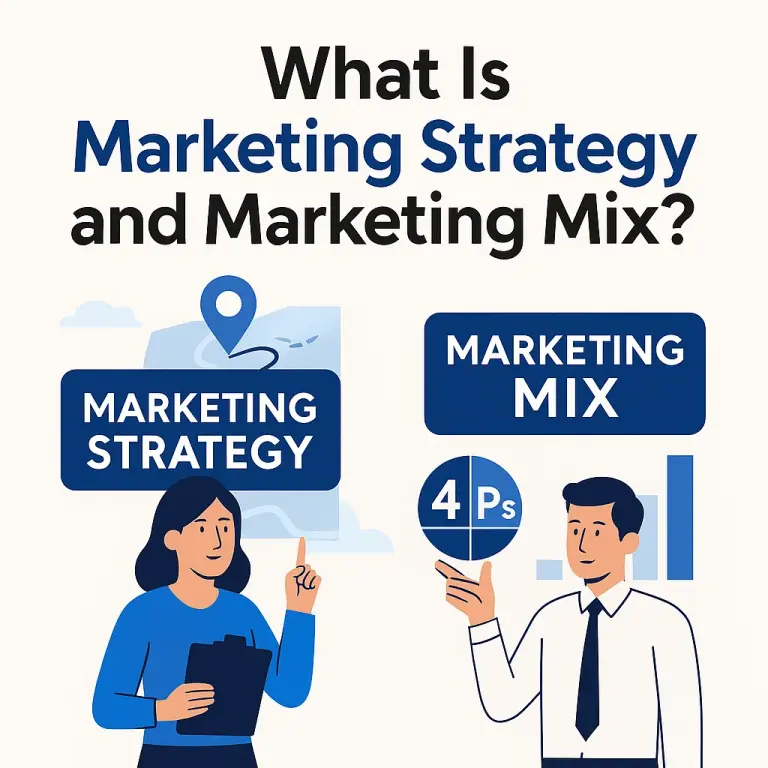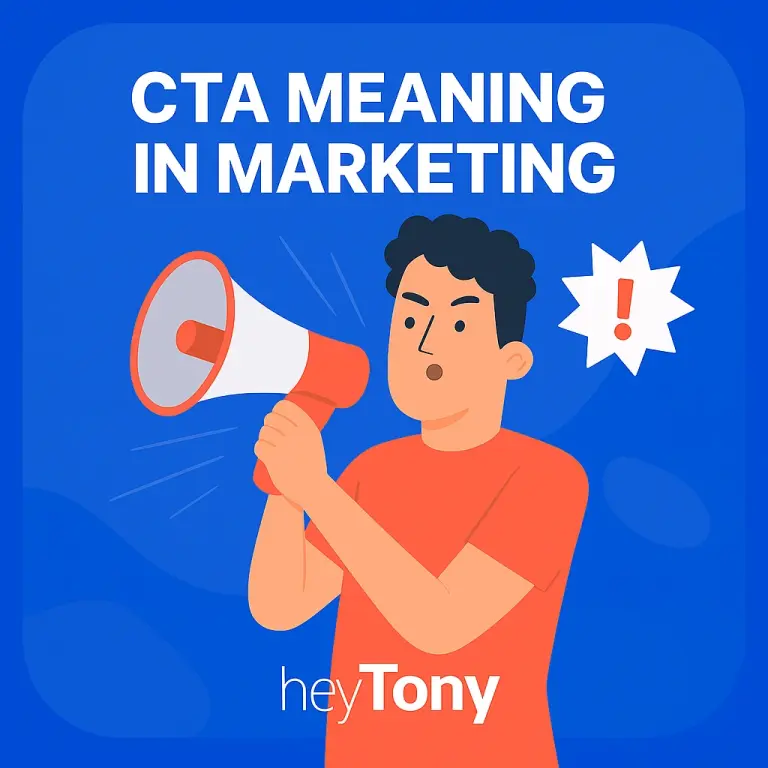As the digital marketing world evolves rapidly through AI and emerging media channels, some foundational truths remain consistent. One of those key principles is the marketing funnel, a framework that helps you understand how customers discover your business and ultimately make a purchase. This blog goes back to the basics to help you understand what a marketing funnel is, so you can optimize your digital strategy for success in 2025.
What Is a Marketing Funnel?
A marketing funnel is the process your customer goes through to discover, evaluate, and take action with your business. It typically consists of several stages, each influenced by different psychological and behavioural decisions. Every well-established business, whether it’s Amazon, Instagram, or a well-run coffee shop, understands the journey their consumers take in order to optimise the process.
What Are the Stages of the Marketing Funnel?

1. Awareness Stage
This stage is characterised by the recognition that the consumer has a need or desire. For example, if someone notices they have a flat tyre or realises they’re hungry, they become aware that there’s a problem to solve. This is where your brand can first enter their mind. This offten takes form in lan
2. Interest Stage
Now that they’re aware of the problem, consumers begin searching for information. This could be as simple as googling “local tyre shops near me” or “how to fix a flat tyre.” At this stage, they’re exploring solutions and seeking knowledge that will help them address their need or want. Marketers often use strategies like gamification or offer rewards and other incentives.
3. Consideration Stage
Here, the consumer has gathered enough information and is weighing their options. They begin comparing different products or services and narrowing down their choices. For example, they might be looking at customer reviews, service offerings, or pricing to decide which tyre shop seems most reliable.
4. Action Stage
This is the final step, where the consumer makes a decision and takes action. Perhaps they choose the local tyre shop with a five-star rating and book an appointment. This stage represents conversion and your opportunity to deliver on expectations.
Not sure what a CTA should say? See our post that delves into CTA meaning to get caught up!
Why Marketing Funnels Still Matter
Marketing funnels help businesses understand the full journey a customer takes from identifying a need to choosing a solution. Though this is a simplified version, the same framework is used in digital marketing strategies to guide users through touchpoints, ensuring your business can attract, engage, and convert effectively.
Digital Marketing Funnels in 2025
The good news? Understanding your digital marketing funnel has never been easier. In the modern era, tools like Google Tag Manager and Google Analytics allow you to track user behaviour, identify patterns, and see exactly how customers move through your website. For full-cycle strategies, consider approaches like setting up action-based triggers and even running your digital marketing ads programmatically.
You can collect data on nearly every interaction what pages they visit, where they drop off, and which content or offers spark engagement. Take custom landing pages for example, you can customise it for every stage in the funnel. This insight lets you identify pain points, improve the user journey, and strategically place promotions or CTAs to boost conversions and deliver a smoother, more satisfying customer experience.
How to Optimise Your Digital Marketing Funnel

1. Personalise the experience at every step
In 2025, 81% of digital users expect personalised experiences. That means moving beyond generic ads or broad email campaigns. Use tools like GA4, CRM data, and retargeting pixels to customise your messaging. For example, someone who’s just discovered your brand should see different content than someone who’s been comparing products for days. Show the right message at the right time, whether that’s a product demo, testimonial, or discount code.
2. Remove friction before it kills momentum
The fastest way to lose a potential customer? A slow site, a confusing layout, or too many steps. Audit your funnel regularly: Are pages loading quickly? Is your CTA easy to find? Are forms simple and mobile-friendly? Even minor roadblocks, like a broken button or unclear next step, can drop your conversion rates. Your job is to make saying “yes” as effortless as possible.
Marketing Funnel Optimisation Checklist: What to Look for at Each Stage
| Funnel Stage | What to Watch For |
| Awareness | Are you getting traffic from the right channels?
Is your messaging aligned with search intent? |
| Interest | Are users engaging with content (blogs, videos, etc.)? Do bounce rates suggest a lack of relevance? |
| Consideration | Are visitors comparing options? Are your product pages informative and persuasive? |
| Action | Are conversions happening? Is your checkout process smooth? Are CTAs strong and visible? |
Final Thought
Your funnel is your customer’s journey. The more you understand how they move, what slows them down, and what pushes them forward, the better your results. Optimising your digital marketing funnel is critical, whether you’re running Google Ads, writing blog posts, or building website content. Everything you put online needs to be tailored to your audience.
If you want to learn how your digital marketing strategy is working or for more digital marketing skills follow us for more!
Originally published . Last updated .
Categories:
Explore More



